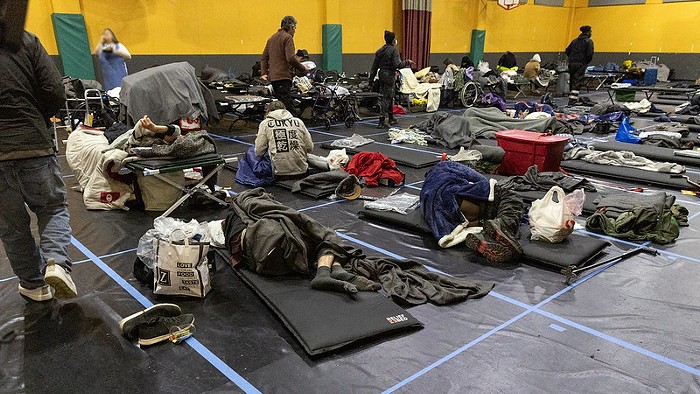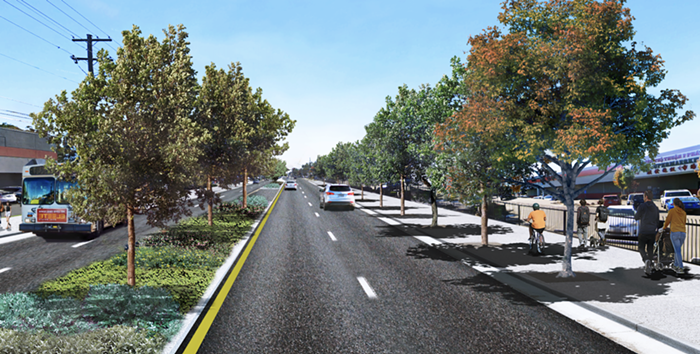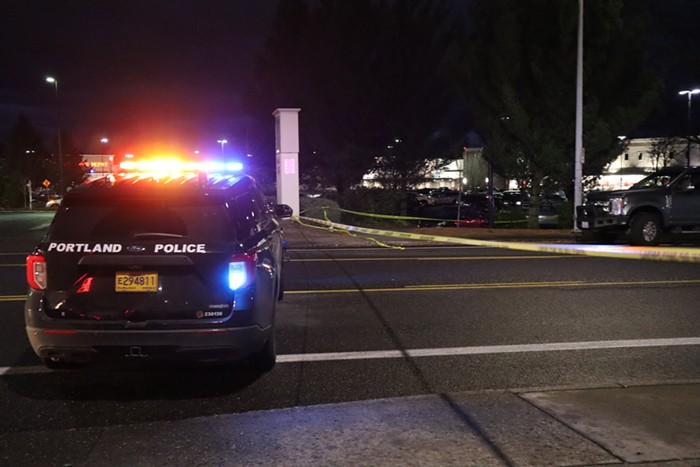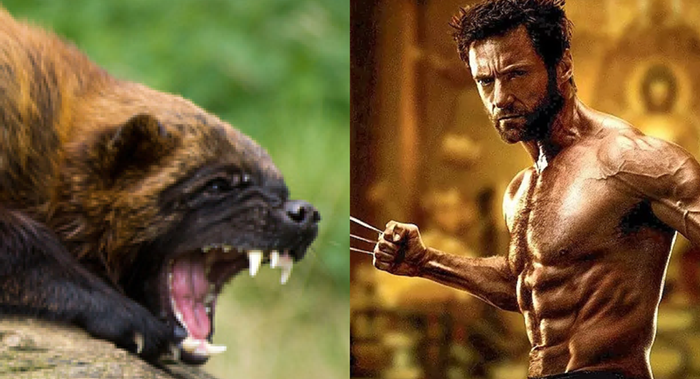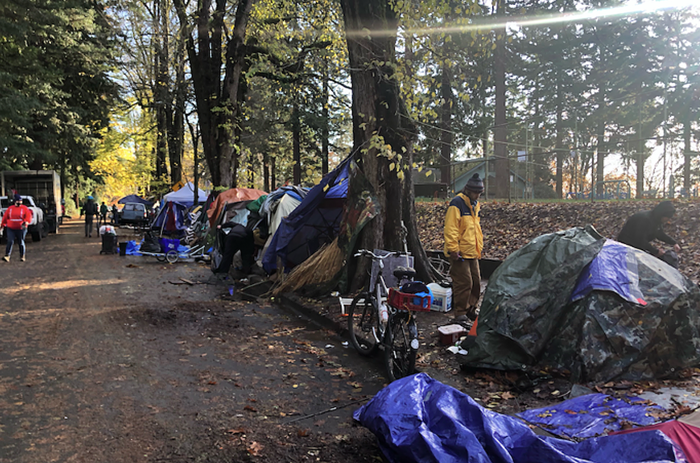Researchers at PSU have created an app that lets you check out trees, urban heat, and demographics in Portland as well as twelve other American cities. The Trees and Health App shows users which parts of these cities are covered by leafy canopies, where the hottest parts of town are, and what regions of urban areas have either old or young inhabitants—as well as people who live in poverty.

Toying around with the app, I found that Houston is basically a shadeless land of fire and heat, but that Atlanta looks at least halfway leafy. Portland ends up looking pretty well-shaded—but mostly because of Forest Park and its adjoining green spaces.
Speaking to Smithsonian magazine, urban studies professor Vivek Shandas characterized the tool as something that could provide planners and policy makers with information about how trees improve local air quality. From the article:
We found that upward of 14 percent of the pollutants are improved by local neighborhood trees and that the kind of trees does matter," says Shandas. "Portland is highly coniferous and those [trees] almost act like scrubbers in the summer, but deciduous trees are becoming more dominant in urban landscapes.”
The researchers then overlayed a series of pollution sources, including factories, trains and busy highways, and sinks, such as parks that soak up ambient pollutants, with readily available census data about income and age.
“We chose three social factors known to be important for impacting public health: older adults, children under 18 and people below the poverty line,” Shandas says. “Those three factors commensurate with places that are hot and dirty. We know that trees can help to mitigate air pollutants, and we’ve also seen thermal regulation through tree planting.”

